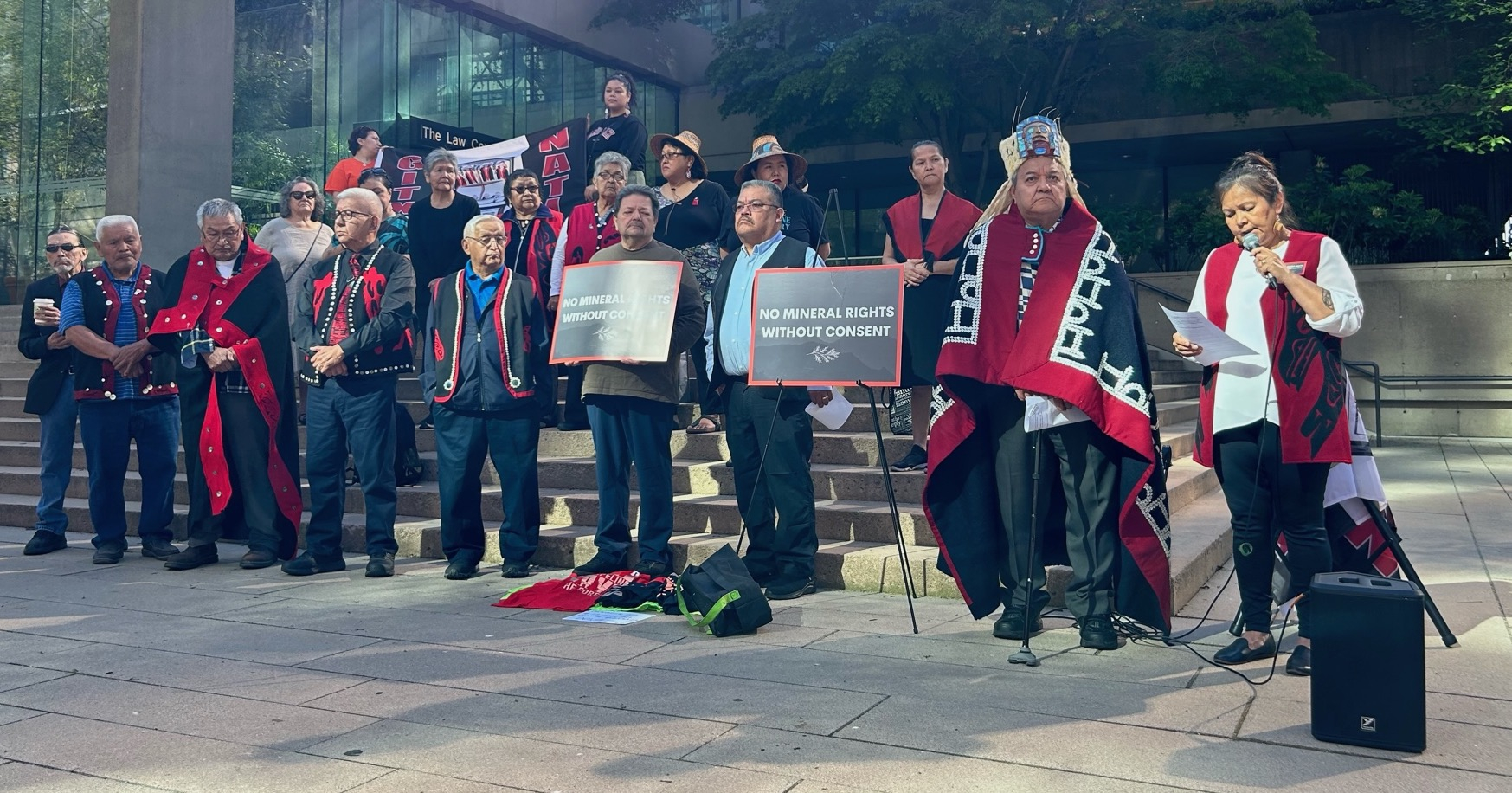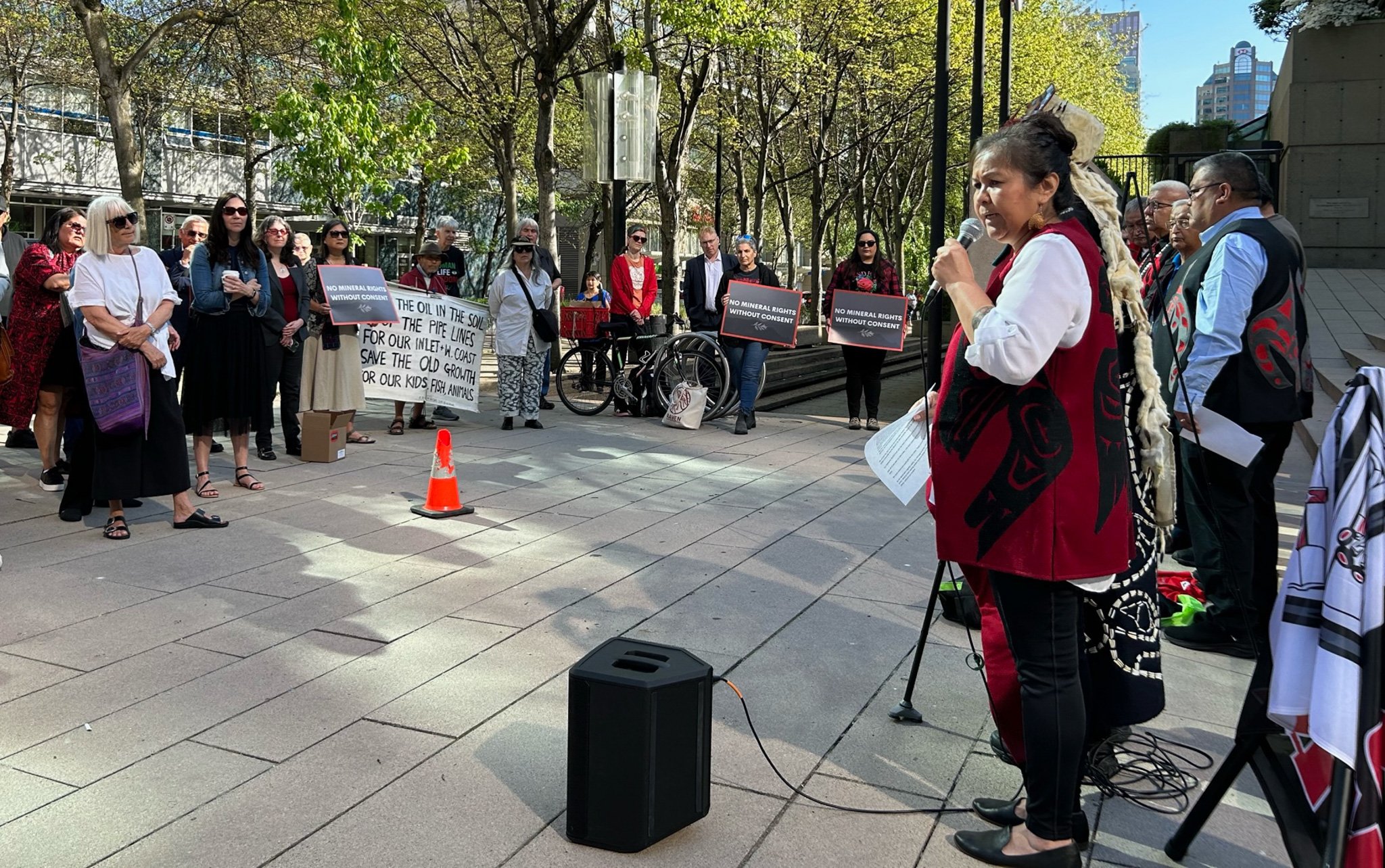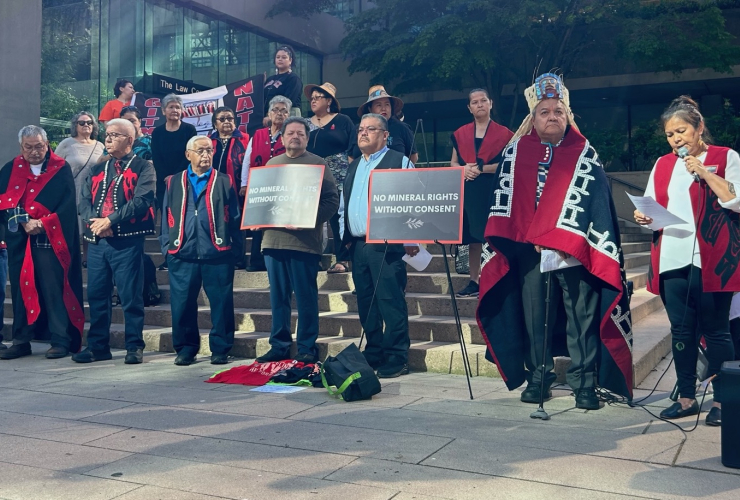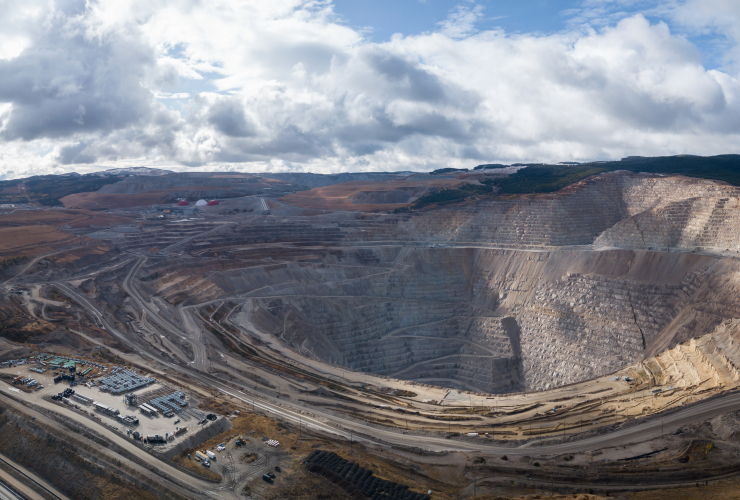Support journalism that lights the way through the climate crisis
On Sept. 26, the B.C. Supreme Court released a much-anticipated decision in a case brought by the Gitxaała and Ehattesaht Nations challenging the province’s free-entry mining system.
The court ruled that First Nations must be consulted before any mineral claims are made in their territories. The decision was heralded as a victory for the Gitxaała, Ehattesaht and other First Nations that have long challenged unfettered mineral claims on their territories. Such claims presently operate under the provincial Mineral Tenure Act, which dates back over a century and has its roots in the 1859 Gold Fields Act.
This ruling could drastically transform B.C.’s mineral tenure regime because the provincial government now has 18 months to reform the outdated mineral claims process in consultation with First Nations. The court decision is an important step towards recognizing Indigenous rights and title in the province.
But how the court arrived at its verdict may be as important as the decision itself and could affect the future of Indigenous Peoples’ governance over their territories and the province’s implementation of the 2019 Declaration on the Rights of Indigenous Peoples Act (DRIPA).
In affirming that First Nations are owed a duty to consult before any mineral claims are made on their territories, the court did not specifically invoke DRIPA. Rather, DRIPA was only used as an interpretive aid and the court based its arguments on Section 35 of the Constitution Act 1982 and common law developed through the precedent-setting 2004 Haida Nation v. B.C. (Minister of Forests) case.
In its decision, the court ruled that the duty to consult is triggered by the impacts of free-entry mineral claims on areas of significant cultural and spiritual importance to First Nations and on the rights of First Nations to own and achieve financial benefit from the minerals in their territories.
Notably, the court held that the existing Mineral Tenure Act is constitutional and has always provided provincial authorities with the discretion to create a structure for consultation with First Nations. Now with this new decision, the province must work with First Nations to modernize the process for minerals claims to include this duty to consult.
By relying on Section 35 of the Constitution and the Haida decision, the court’s ruling implies the Mineral Tenure Act and Canadian constitutional framework is sufficient to address Gitxaała and Ehattesaht’s challenge. While this could be seen as a favourable reading of existing statutes, it could also limit the future application of DRIPA to resolving Indigenous rights claims.
DRIPA affirms the application of the United Nations Declaration on the Rights of Indigenous Peoples (UNDRIP) to B.C.’s laws. It specifically addresses a number of rights that exceed those currently recognized in Canada’s Constitution, including the rights of Indigenous Peoples to self-determination and economic and social development and the obligation to obtain the free, prior and informed consent of Indigenous Peoples for “any project affecting their lands or territories.”
By relying on previous constitutional statutes and precedents, as opposed to DRIPA, the new ruling does not account for these extended rights under UNDRIP.
B.C. is so far the only province in Canada to pass UNDRIP legislation. It is also the province with the largest area of unsettled Aboriginal title land claims. The passage of DRIPA in 2019 was lauded as a new path to reconciliation with Indigenous Peoples.
Both the provincial government and First Nations welcomed the promise of a new future under the mandate of this legislation. But there is still a long way to go, as the recent decision shows. If we are to fully realize B.C.’s commitment to UNDRIP, DRIPA must be more than symbolic legislation. It must offer First Nations a clear path to assert their rights and title and advance their economic and social well-being.
Over the next 18 months, the B.C. government has an opportunity to modernize its partnership with Indigenous communities in the development of critical resource projects.
This is an opportunity that should not be missed. As we seek to rapidly transition to green energy and scale up production of critical minerals, B.C. must reform its mineral tenure regime in a way that aligns fully with stated commitments under DRIPA.
True reconciliation requires nothing less.
Sara Ghebremusse is an assistant professor of law and Cassels Chair in Mining Law and Finance at Western University. Allen Edzerza is an Elder of the Tahltan Nation who has served as an adviser on Aboriginal issues and mining reform to the governments of B.C. and Yukon. Carol Liao is an associate professor of law and UBC Sauder Distinguished Fellow of the Peter P. Dhillon Centre for Business Ethics. Philippe Tortell is a professor and head of the UBC Department of Earth, Ocean and Atmospheric Sciences. They are members of the UBC Future Minerals Group. The views expressed are solely those of the authors.









Comments